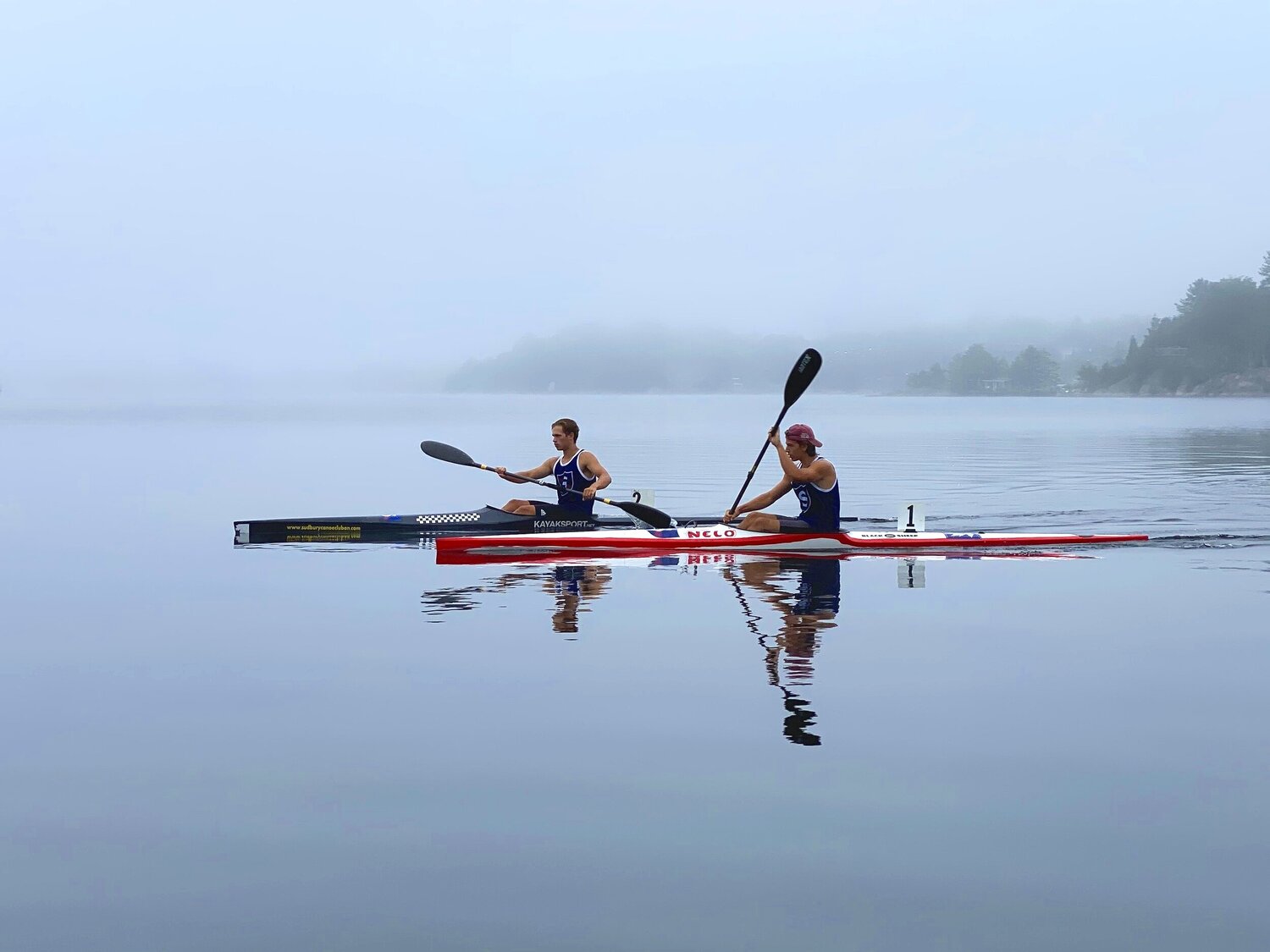
Sprint kayaking is a thrilling water sport that demands strength, skill, and strategy. As athletes power through the water in sleek, narrow boats, the excitement is palpable, and the competition fierce. Whether you're a seasoned fan or new to the sport, there are fascinating aspects of sprint kayaking that are worth exploring. In this article, we'll delve into 10 compelling facts that shed light on the captivating world of sprint kayaking. From its rich history to the physical demands placed on athletes, and the strategic elements that come into play, there's much to uncover about this dynamic sport. So, let's embark on a journey to discover the exhilarating world of sprint kayaking and gain a deeper understanding of what makes it such a compelling and awe-inspiring athletic pursuit.
Key Takeaways:
- Sprint kayaking is an exciting Olympic sport that demands physical strength and mental toughness, showcasing thrilling events and promoting environmental awareness.
- With its European roots, diverse racing distances, and inclusive nature, sprint kayaking offers a platform for athletes of all ages and backgrounds to compete and showcase their skills.
Sprint Kayaking is an Olympic Sport
Sprint kayaking is not just a recreational activity; it is also an Olympic sport. Athletes from around the world compete in this thrilling water sport, showcasing their strength, speed, and agility on a global stage.
Sprint kayaking involves racing in narrow, streamlined boats, known as kayaks, over distances of 200m, 500m, and 1000m. The sport demands exceptional physical conditioning and technical prowess, making it a captivating spectacle for both participants and spectators.
It Originated in Europe
Sprint kayaking has its roots in Europe, where it gained popularity in the early 20th century. The sport's European heritage is reflected in its strong presence and influence across the continent, with many top athletes hailing from countries such as Hungary, Germany, and Denmark.
The Kayak Design Varies
Kayaks used in sprint kayaking come in different designs, tailored to suit the specific racing distances. For instance, boats used in shorter distance races are typically shorter and more maneuverable, while those for longer distances are longer and built for speed and stability.
It Requires Intense Physical Training
Competing in sprint kayaking demands rigorous physical training. Athletes focus on building strength, endurance, and cardiovascular fitness to propel their kayaks at top speeds. The sport also necessitates honing technical skills, such as paddle strokes and steering techniques, to navigate the water with precision.
Sprint Kayaking Promotes Teamwork
While sprint kayaking is often associated with individual performances, it also features team events. In these races, athletes collaborate in relay formats, emphasizing teamwork and coordination as they pass the baton-like object, known as the "paddle," to their teammates.
It Offers Diverse Racing Distances
Sprint kayaking encompasses a range of racing distances, catering to different athlete specialties. From the explosive sprint of the 200m race to the grueling endurance test of the 1000m event, the sport provides a platform for athletes with varying strengths and skills to showcase their abilities.
The Sport Requires Mental Toughness
In addition to physical prowess, sprint kayaking demands mental fortitude. Athletes must remain focused and composed, especially during high-stakes competitions, where split-second decisions and unwavering determination can make the difference between victory and defeat.
It Embraces Inclusivity
Sprint kayaking is an inclusive sport, welcoming participants of diverse ages and backgrounds. From aspiring young talents to seasoned veterans, the sport fosters a community where individuals can pursue their passion for kayaking and compete at different levels, including national and international championships.
Sprint Kayaking Promotes Environmental Awareness
As a water-based sport, sprint kayaking encourages environmental consciousness. Athletes and organizers often advocate for the preservation of water bodies and marine ecosystems, promoting sustainable practices to ensure the continued enjoyment of kayaking for future generations.
It Showcases Spectacular Events
Sprint kayaking events offer thrilling spectacles, with athletes navigating the water with remarkable speed and precision. The sport's showcase events, such as the Olympic Games and World Championships, draw global attention, captivating audiences with the exhilarating displays of athleticism and sportsmanship.
Sprint kayaking, with its rich history, physical demands, and global appeal, continues to inspire athletes and enthusiasts worldwide, cementing its status as a dynamic and compelling discipline within the realm of water sports.
Conclusion
Sprint kayaking is a thrilling sport that demands skill, strength, and determination. From its ancient origins to its modern-day prominence in international competitions, sprint kayaking has evolved into a captivating display of athleticism and teamwork. As paddlers navigate the water with precision and power, they showcase the beauty of human effort and endurance. Whether you're a seasoned enthusiast or a curious newcomer, the world of sprint kayaking offers a rich tapestry of history, technique, and excitement waiting to be explored.
FAQs
What are the essential techniques for sprint kayaking?
To excel in sprint kayaking, mastering the forward stroke is crucial. This involves utilizing the entire body to propel the kayak forward efficiently. Additionally, perfecting the art of balance and stability on the water is essential for navigating the kayak with precision.
What safety measures should be considered when participating in sprint kayaking?
Prioritizing safety is paramount in sprint kayaking. Wearing a properly fitted personal flotation device (PFD) is non-negotiable. Additionally, being mindful of weather conditions, staying hydrated, and ensuring proper warm-up and cooldown routines are vital for a safe and enjoyable experience on the water.
Was this page helpful?
Our commitment to delivering trustworthy and engaging content is at the heart of what we do. Each fact on our site is contributed by real users like you, bringing a wealth of diverse insights and information. To ensure the highest standards of accuracy and reliability, our dedicated editors meticulously review each submission. This process guarantees that the facts we share are not only fascinating but also credible. Trust in our commitment to quality and authenticity as you explore and learn with us.
